Power Growth with Restaurant Forecasting & Budgeting Software
What once took days now takes minutes. R365 helps operators plan and manage food and labor costs proactively with smarter budgets and sharper forecasts to drive consistent profitability at scale.
Budgeting and Forecasting Built for Restaurants
Customize for your goals
Restaurant Budgeting Software Trusted by Leading Operators
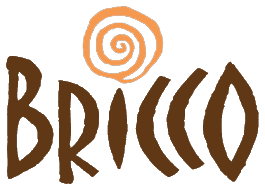
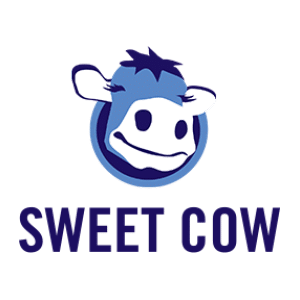
Smarter Restaurant Budgeting for Stronger Results
- Set data-driven labor and inventory targets to optimize margins
- Create location-specific goals and track performance in real time
- Forecast by revenue center to fine-tune planning and profitability
- Adjust operations with live data to stay accommodate demand
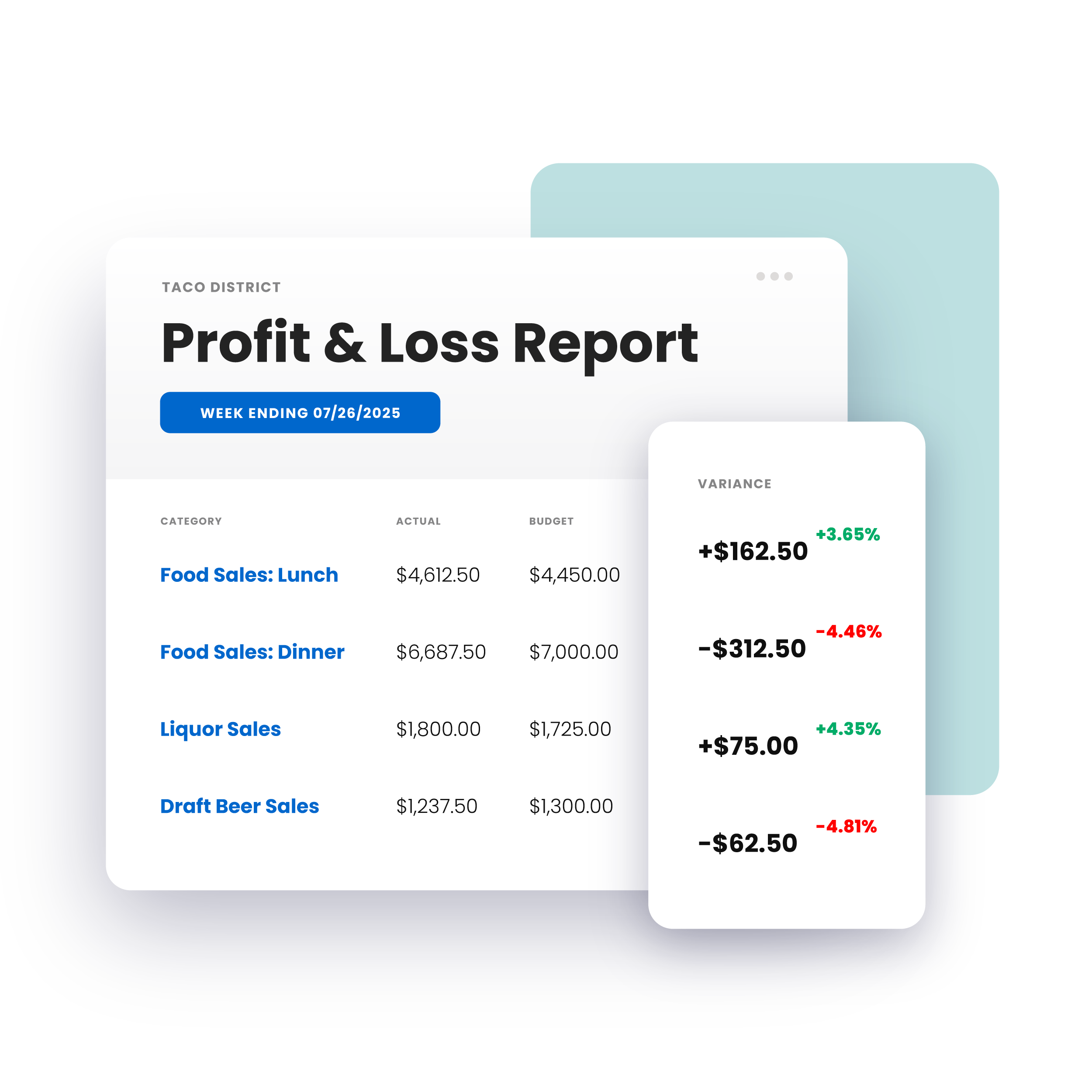
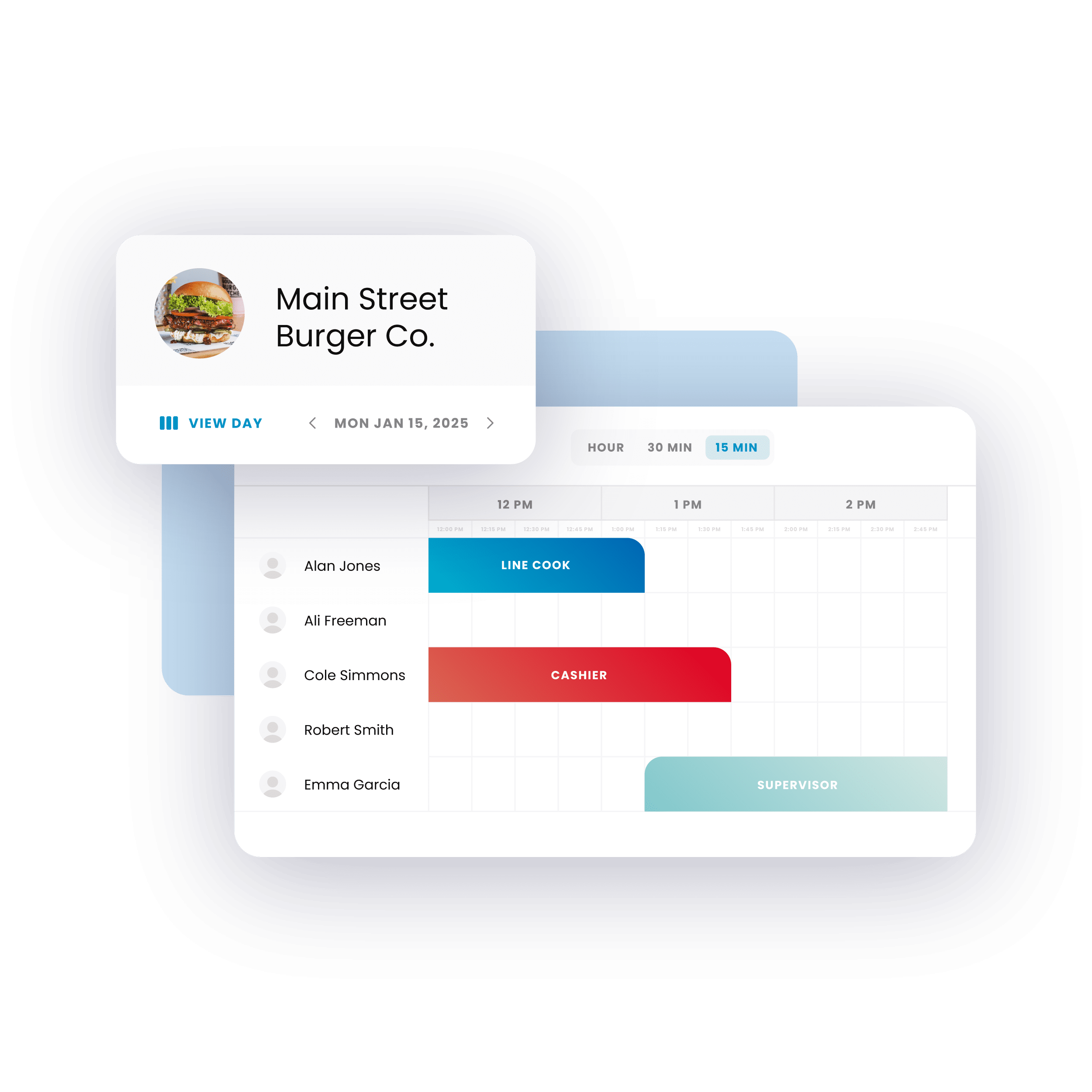
Fast, Accurate Restaurant Forecasting
- Standardize forecasting across locations
- Ensure forecasts are consistent and reliable
- Analyze sales and labor data in real time to identify opportunities
- Balance store profitability with scheduling to boost the bottom line
Plan Smarter with Automated Restaurant Sales Forecasting
- Integrate your POS for maximum data accuracy and efficiency
- Automate food, labor, and inventory data pulls in real-time.
- Easily budget for one or multiple locations in a single platform
- Eliminate manual entry and reduce errors with centralized data
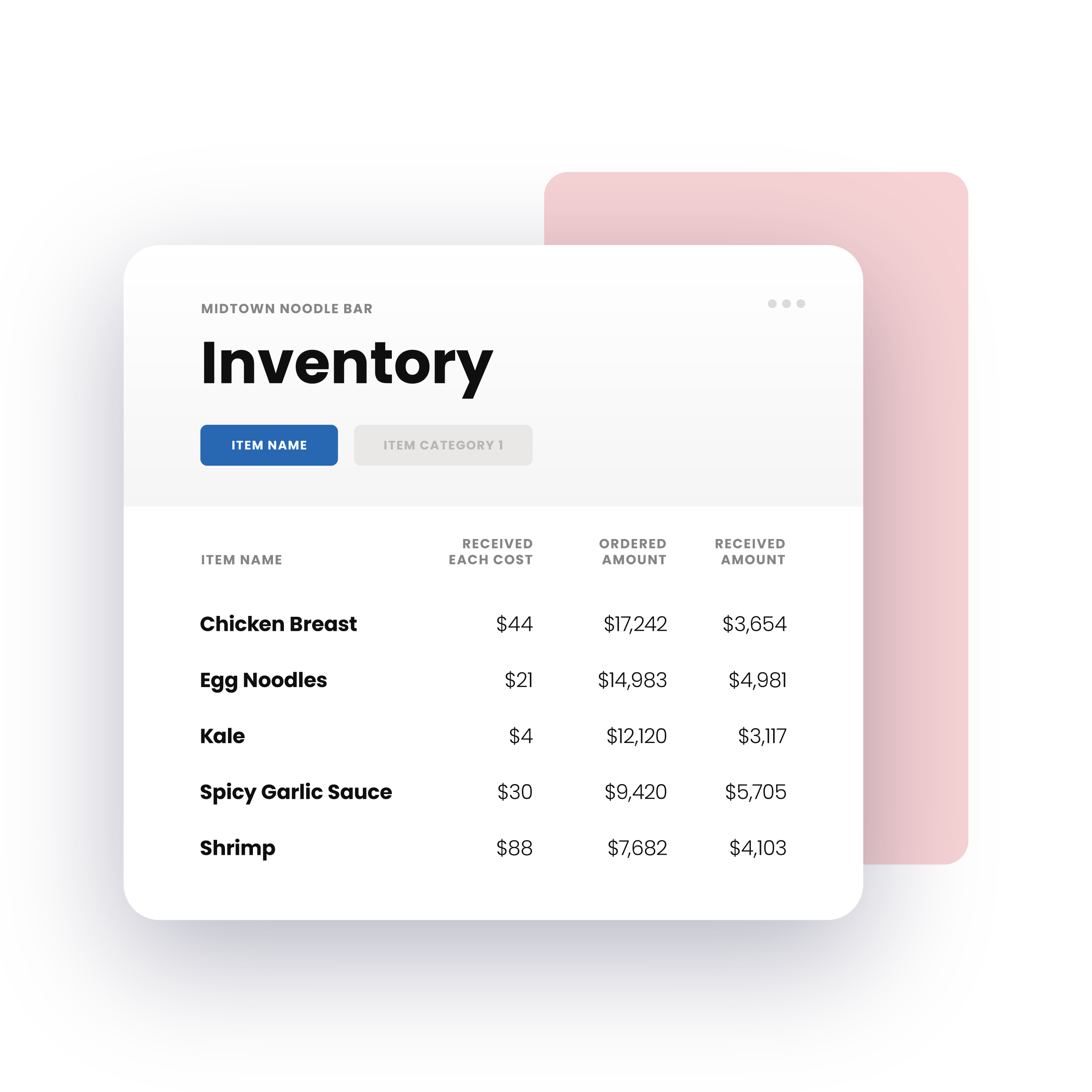
Gary Thomas, VP of Operations
GPS Hospitality, 500+ Unit Multi-Concept, Burger King Operator
Turn Restaurant Projections into Profit with Restaurant365
Restaurant Forecasting and Budgeting RESOURCES
Helpful Resources for Budgeting & Forecasting
Get expert tools and guides to simplify reporting, speed up decisions, and drive better results.
FAQ
Budgeting and forecasting are essential for making smart, data-driven decisions in the restaurant industry. This FAQ explains the difference between budgets and forecasts, how to project sales with the right inputs, and how Restaurant365 integrates with systems like POS, payroll, accounting, and inventory. You’ll also learn how the software automates historical data pulls, stays user-friendly for non-finance staff, and scales seamlessly as you expand to new locations.
What’s the difference between a budget and a forecast for a restaurant?
A budget is a (mostly) fixed plan for revenue and expenses over a period (e.g. year), whereas a forecast is updated more dynamically, based on actuals and changing assumptions. In restaurant operations, budgets help set targets (food cost, labor, overhead), and forecasts help adjust mid-course as conditions shift.
How do I forecast restaurant sales? What inputs/assumptions should I use?
To forecast restaurant sales, start with historical sales data, then adjust for seasonality, growth trends, and events. Factor in guest counts, average check size, menu or pricing changes, and external influences like holidays or competition. Build assumptions around best, worst, and realistic cases to create a practical forecast.
Does R365 Budget Forecasting Software integrate with POS, accounting, ERP, payroll, inventory systems?
R365 Budget Forecasting integrates with POS, accounting, payroll, inventory, and ERP systems to pull in real operational data automatically. Sales, labor, and payment details flow directly from POS and payroll into forecasts. This connectivity eliminates manual entry and creates more accurate, data-driven budgets.
Can I pull in historical data automatically rather than manually upload?
Yes, R365 budget forecasting can automatically pull in historical sales data from your POS and prior periods. It seeds forecasts with this data, then applies projection models and rules to generate initial forecasts. This reduces the need for manual uploads and speeds up the budgeting process.
Is the tool user-friendly for non-finance staff?
R365 budget forecasting is user friendly once set up, allowing non-finance staff to use preset models without deep accounting knowledge. There is some learning curve during setup and training, but role-based permissions and guided workflows make it manageable. With onboarding, staff can confidently use it for day-to-day forecasting.
Will R365 budget forecasting software scale if I open new restaurant locations and units?
Yes, R365 Budget & Forecasting is designed to scale as you add more restaurant locations and units. It supports creating forecasts at the location level and consolidating them company-wide, and it ties into POS, labor, and cost data across locations to maintain accuracy.